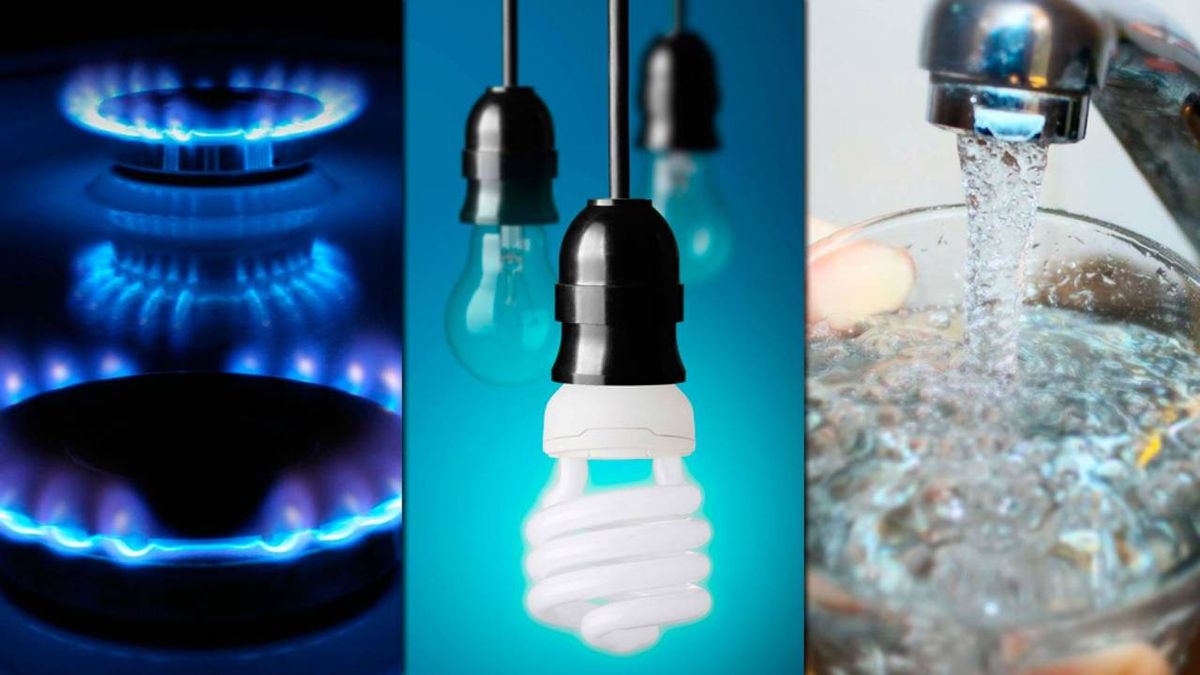In total terms, 56.2% of households, comprising 50.9% of people, has access to running water, sewer and natural gas services, with different situations within all households that do not have access to them.
About sanitation, The Indec revealed that 88.1% of the homes (where 86.0% of the people live) have adequate conditions (possession of a bathroom, location inside or outside the land, exclusive use or not, type of drainage and installation), while the remaining 11.9% of households (where 14.0% of the people live) do not have a they.
According to the possession of a toilet with a flush, 95.1% of households (and 93.7% of the people) live in dwellings that have a toilet with a flush; while 4.9% of households do not have a toilet with a flush, which implies 6.3% of the people.
In relation to water in the home, 98.5% of the homes, which house 98.3% of the people, have it inside the home; Within these households are distinguished those that obtain water through the public running water network (88.5% of households) or through motor pump drilling (9.9%); Nevertheless, the 1.5% of households (1.7% of people) must access water outside the home.
63.6% of households are homeowners and the terrain; 7% are homeowners only; 18.7% are tenants; 9.1% are occupants (includes those who pay taxes or expenses, free with permission, and de facto occupants); and others (occupants in a dependency relationship, to households that inhabit homes in succession and other situations).
In the first half of 2021, the 81.6% of homes and 78.7% of people live in homes whose construction materials for floors and ceilings and the presence of ceiling are of sufficient quality.
On the other hand, 6.3% of households (7.9% of people) live in homes whose materials are of insufficient quality and 12.1% (13.4% of people) do so in homes whose materials they are of partially insufficient quality.
On the other hand, 2.3% of households (214,000 households) are critically overcrowded (households with more than three people per room), which involves 4.2% of people (1,199,000 people ).
Regarding the households without critical overcrowding (97.7% of the households, which house 95.8% of the people), 84.6% inhabit less than two people per room and in 13.1% they inhabit two three people per room. While, 5.4% of households (6.0% of people) live in a dwelling near garbage dumps and 7.9% of households (8.6% of people) live in floodplain areas.
In the first half of 2021, the total population of the 31 agglomerates is 28,863,356 people in 9,282,982 households.
Source From: Ambito
David William is a talented author who has made a name for himself in the world of writing. He is a professional author who writes on a wide range of topics, from general interest to opinion news. David is currently working as a writer at 24 hours worlds where he brings his unique perspective and in-depth research to his articles, making them both informative and engaging.




